Bowl cake powder, known as 钵仔糕粉 in Mandarin, is the cornerstone of a beloved traditional Chinese dessert that has captivated taste buds for centuries. This humble mixture of starches and sugars, when transformed through steam and time, becomes a chewy, translucent treat nestled in small clay or ceramic bowls. To truly appreciate the magic of 钵仔糕, one must first understand the raw materials that compose its foundation. This article delves into the science, history, and cultural tapestry of the ingredients that make 钵仔糕粉 a culinary marvel.
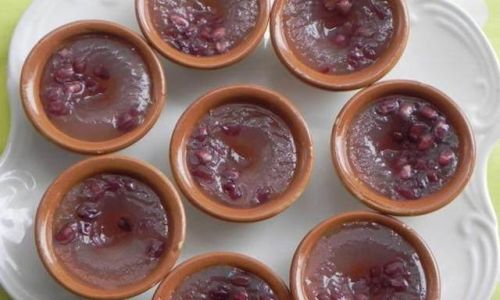
The Backbone of钵仔糕粉: Rice Flour
At the heart of every 钵仔糕 recipe lies rice flour, a staple in Asian cuisine for millennia. Derived from milled rice grains, this ingredient provides the dessert’s signature soft, gelatinous texture. Two primary types of rice flour are used: glutinous rice flour (糯米粉) and non-glutinous rice flour (粘米粉).
Glutinous rice flour, though misleadingly named, contains no gluten. Its “stickiness” stems from a high amylopectin content, a carbohydrate that creates a gummy, elastic structure when hydrated and heated. This property is critical for achieving 钵仔糕’s characteristic bounce. Conversely, non-glutinous rice flour, with a balanced ratio of amylose to amylopectin, contributes a lighter, more delicate crumb. Many modern recipes blend both flours to balance chewiness and tenderness.
The rice used for flour production often varies by region. In southern China, short-grain indica rice is favored for its neutral flavor and ability to absorb moisture, while northern producers might opt for japonica varieties for a creamier finish. The milling process—whether stone-ground or machine-processed—also influences the flour’s granularity, affecting the final texture.
The Secret to Chewiness: Tapioca Starch
While rice flour forms the base, tapioca starch (木薯粉) is the unsung hero responsible for 钵仔糕’s addictive chew. Extracted from the cassava root (Manihot esculenta), this starch is composed almost entirely of amylopectin, which gelatinizes at lower temperatures than rice flour. When combined with hot water or steam, tapioca starch creates a glossy, stretchy matrix that traps air bubbles, giving the dessert its springy consistency.
Tapioca starch’s neutral taste also allows other flavors—such as coconut, red bean, or mango—to shine without competing with the base. Its popularity in 钵仔糕 production surged in the 20th century as cassava cultivation expanded across Southeast Asia, offering a cost-effective alternative to traditional starches like wheat or potato.
Sweetness and Stability: The Role of Sugar
Sugar serves dual purposes in 钵仔糕粉: it sweetens the dessert and lowers the freezing point of the mixture, preventing crystallization during steaming. Traditional recipes often use rock sugar (冰糖), derived from sugarcane or beets, for its clean, subtle sweetness. However, modern adaptations may incorporate granulated white sugar, brown sugar, or even palm sugar for depth.
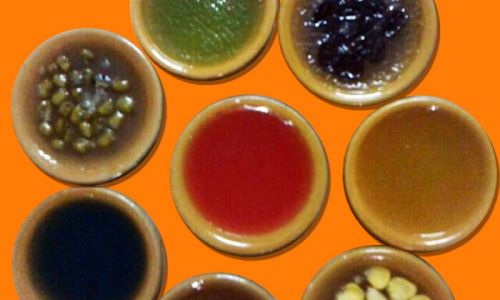
The ratio of sugar to starch is delicate. Too little, and the 钵仔糕 tastes bland; too much, and it becomes overly dense. Some artisans also add a pinch of salt to enhance the sweetness, a technique borrowed from pastry-making.
The Liquid Medium: Water and Beyond
Water is the solvent that unifies the dry ingredients, but its quality matters. Soft water, low in minerals, ensures the starches hydrate evenly, while hard water may cause uneven gelatinization. In certain regional variations, coconut water or milk replaces plain water, infusing the 钵仔糕 with tropical aroma.
Innovative chefs sometimes experiment with alternative liquids, such as osmanthus-infused tea or almond milk, to create modern flavors. However, these additions require careful balancing to avoid disrupting the starch-to-liquid ratio.
Additives for Texture and Aesthetics
While rice flour, tapioca starch, sugar, and water form the core of 钵仔糕粉, additional ingredients enhance its appeal:
- Wheat Starch (澄面粉): Derived from wheat gluten, this ingredient adds opacity and a subtle sheen. It is often used in “crystal” 钵仔糕 varieties for their translucent appearance.
- Cornstarch (玉米淀粉): A cheaper alternative to tapioca starch, though it yields a softer, less resilient texture.
- Food Colorings: Natural dyes like butterfly pea flower (blue) or matcha (green) are increasingly popular for visual appeal.
- Alkaline Salts: A pinch of potassium carbonate or lye water (枧水) can deepen the color and enhance chewiness, a technique inspired by Cantonese mooncake dough.
Cultural Symbolism and Regional Adaptations
钵仔糕’s origins trace back to Guangdong province, where street vendors sold the treat in clay bowls (钵仔) to laborers seeking a quick, affordable snack. Over time, it became a symbol of Cantonese culinary ingenuity, with each region adding its twist.
- Hong Kong-Style钵仔糕: Favored for its dense, almost rubbery texture, achieved through a higher ratio of tapioca starch.
- Malaysian/Singaporean Adaptations: Incorporate palm sugar and coconut milk, reflecting the region’s tropical influences.
- Modern Fusion Versions: Feature unconventional flavors like taro, lychee, or even savory options such as salted egg yolk.
The Science of Steaming: How Ingredients Interact
The alchemy of 钵仔糕 lies in starch gelatinization and retrogradation. When heated, starch granules absorb water, swell, and rupture, forming a gel. Tapioca starch gelatinizes at 60–70°C (140–158°F), while rice flour requires higher temperatures (80–95°C or 176–203°F). Steaming ensures gradual, even heating, preventing lumpiness.
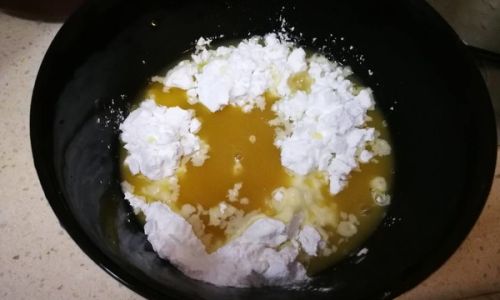
After cooking, the starch molecules recrystallize (retrograde) as the dessert cools, firming the texture. This process is why 钵仔糕 is traditionally served at room temperature or chilled, allowing the flavors to meld and the texture to stabilize.
Sustainability and Modern Challenges
As global demand for 钵仔糕 grows, producers face pressure to source ingredients sustainably. Cassava cultivation, while hardy, can lead to soil degradation if not rotated properly. Similarly, rice farming’s environmental impact—methane emissions from flooded paddies—has prompted interest in eco-friendly milling practices.
Artisanal bakers are experimenting with heirloom rice varieties and organic sugars to appeal to health-conscious consumers. Some even replace tapioca starch with locally grown starches like arrowroot or sago, though these alternatives require recipe adjustments.
Conclusion: The Alchemy of Simplicity
钵仔糕粉 embodies the philosophy that greatness lies in simplicity. Its four core ingredients—rice flour, tapioca starch, sugar, and water—harmonize through time-honored techniques to create a dessert that transcends cultural boundaries. As chefs and home cooks alike reinvent this classic, the essence of 钵仔糕 remains unchanged: a testament to the enduring power of tradition shaped by the Earth’s humblest gifts.
Whether enjoyed on a bustling Hong Kong street corner or in a minimalist café in Kuala Lumpur, 钵仔糕 is more than a snack—it is a edible ode to the alchemy of starch, sugar, and steam.



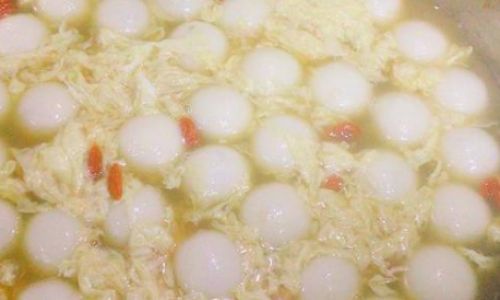
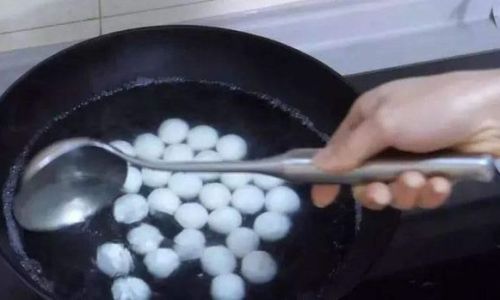
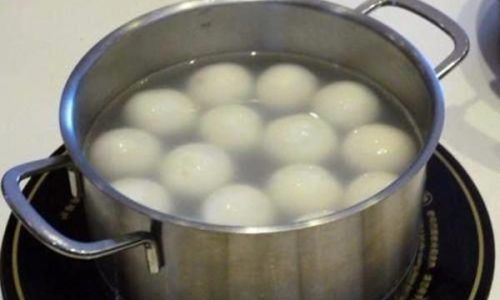
0 comments